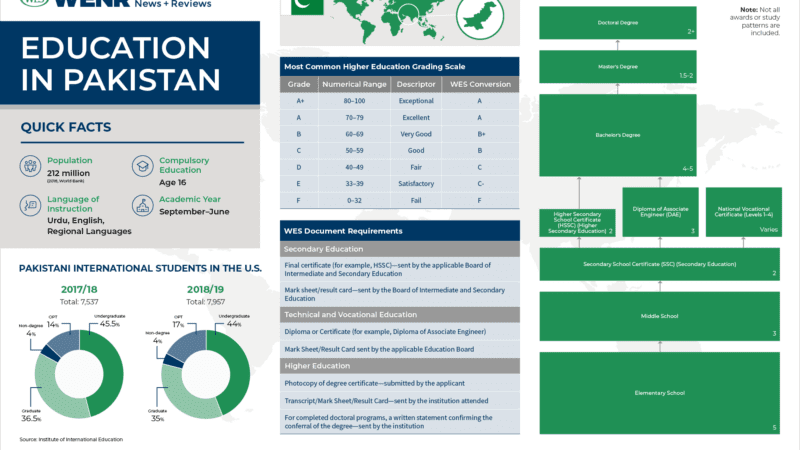SWOT Analysis: Assessing Your Business’s Strengths, Weaknesses, Opportunities, and Threats

SWOT analysis is a powerful strategic planning tool that enables businesses to assess their internal strengths and weaknesses, as well as external opportunities and threats. By conducting a SWOT analysis, businesses can gain valuable insights into their competitive position, identify areas for improvement, and develop strategies to capitalize on opportunities and mitigate risks. In this article, we delve into the importance of SWOT analysis and provide a step-by-step guide to conducting this essential exercise for your business.
Understanding SWOT Analysis:
SWOT analysis involves evaluating four key components:
1. Strengths:
Internal factors that give your business a competitive advantage and set it apart from competitors. This may include factors such as a strong brand reputation, proprietary technology, talented workforce, or efficient processes.
2. Weaknesses:
Internal factors that hinder your business’s performance and put it at a disadvantage compared to competitors. Weaknesses may include factors such as inadequate resources, outdated technology, poor customer service, or inefficient operations.
3. Opportunities:
External factors in the market or industry that could positively impact your business and create avenues for growth and success. Opportunities may arise from emerging market trends, changes in consumer behavior, technological advancements, or gaps in the competitive landscape.
4. Threats:
External factors that pose risks or challenges to your business’s viability and competitiveness. Threats may include factors such as intense competition, economic downturns, regulatory changes, disruptive technologies, or shifting consumer preferences.
Conducting a SWOT Analysis:
1. Gather Information:
Collect relevant data and information about your business, industry, market trends, competitors, and external factors that may impact your business.
2. Identify Strengths and Weaknesses:
Assess your business’s internal capabilities and limitations across various areas, including products/services, operations, finance, marketing, human resources, and technology.
3. Identify Opportunities and Threats:
Evaluate external factors that could impact your business positively or negatively, such as market trends, industry dynamics, competitive landscape, regulatory environment, and economic conditions.
4. Compile SWOT Matrix:
Organize your findings into a SWOT matrix, categorizing strengths, weaknesses, opportunities, and threats into respective quadrants. This visual representation helps clarify the strategic implications of each factor.
5. Develop Strategies:
Analyze the relationships between internal and external factors identified in the SWOT analysis to develop strategies that leverage strengths, address weaknesses, capitalize on opportunities, and mitigate threats.
6. Implement and Monitor:
Execute the strategies developed based on the SWOT analysis and regularly monitor performance against objectives. Be prepared to adjust strategies as needed in response to changes in the business environment.
Conclusion
In conclusion, SWOT analysis is a valuable tool for businesses seeking to understand their competitive position, identify strategic priorities, and make informed decisions. By assessing internal strengths and weaknesses, as well as external opportunities and threats, businesses can develop strategies that capitalize on their strengths, address their weaknesses, seize opportunities, and mitigate threats. SWOT analysis provides a structured framework for strategic planning and enables businesses to adapt to changing market conditions, enhance their competitiveness, and achieve long-term success.





